When Robyn Rihanna Fenty boarded a plane from Barbados to the U.S. as a teenager, she wasn’t chasing fame — she was chasing possibility. That possibility would explode into a global phenomenon. But the real story behind Rihanna’s rise isn’t just chart-topping singles or viral fashion moments — it’s how a girl with raw talent and relentless vision transformed herself into a billion-dollar brand, one risk, one reinvention, and one smart decision at a time.
Unlike many celebrities who build wealth off inherited access or formulaic endorsements, Rihanna carved a path that rewrote the playbook. She wasn’t content to be the face of a brand — she wanted to own the brand. From the bold launch of Fenty Beauty to her equity-first business moves and philanthropic imprint, her net worth isn’t a number on a Forbes list — it’s a reflection of strategy, cultural influence, and fearless autonomy.
In this timeline, we’ll explore not just how Rihanna earned her billions, but how she did it on her terms — shifting from music star to mogul, and in doing so, becoming a blueprint for a new kind of celebrity empire.
2005–2007: Barbados to Billboard – The Meteoric Music Debut
Rihanna was just 16 when she walked into a hotel room in Barbados and auditioned for producer Evan Rogers — a moment that would shift the trajectory of her life. With nothing but her voice and a quiet confidence, she stunned him. Within a year, she was flying to New York, where Jay-Z, newly president of Def Jam, famously refused to let her leave the building without signing a deal.
Her debut single “Pon de Replay” exploded onto the charts in 2005, blending Caribbean rhythm with pop sensibility. It wasn’t just a hit — it was an introduction to a fresh, genre-blurring voice. Her first albums, Music of the Sun and A Girl Like Me, sold modestly by industry standards, but they made Rihanna a recognizable name. Early tours and endorsement deals with brands like Nike and J.C. Penney gave her first taste of financial independence — and marked the earliest steps in what would become a billion-dollar ascent.
2008–2012: Diamonds, Drama & Digital Domination
By 2008, Rihanna wasn’t just a pop star — she was a global force. With the smash success of Good Girl Gone Bad and the chart-topping anthem “Umbrella,” she had fully arrived. Her edgy reinvention, from island girl to fashion-forward risk-taker, resonated with a generation raised on iTunes downloads and MySpace playlists. Hits like “Disturbia,” “Rude Boy,” and “Only Girl (In the World)” kept her at the top of the charts, while her tours began generating serious revenue, with the Last Girl on Earth tour alone grossing over $40 million.
But fame came at a cost. In 2009, the world watched as a deeply personal trauma — her assault by then-partner Chris Brown — played out across tabloid headlines. It was a moment that could’ve eclipsed her career. Instead, it became a turning point. Rihanna didn’t retreat; she reclaimed her narrative through sheer visibility, work ethic, and control. She poured herself into music, releasing album after album, each more daring than the last.
Financially, she was stacking wins: high-paying endorsements with CoverGirl, Gucci, and Nokia, plus licensing deals that extended her brand beyond music. Through both triumph and turbulence, Rihanna’s name became more than famous — it became bankable.
2013–2016: Reclaiming the Narrative & Expanding Her Portfolio
In the years following her nonstop chart dominance, Rihanna began to pull back — not to disappear, but to rebuild. What looked like a lull in music was, in reality, a pivot. This was the period where she quietly laid the groundwork for something far bigger than the next hit single.
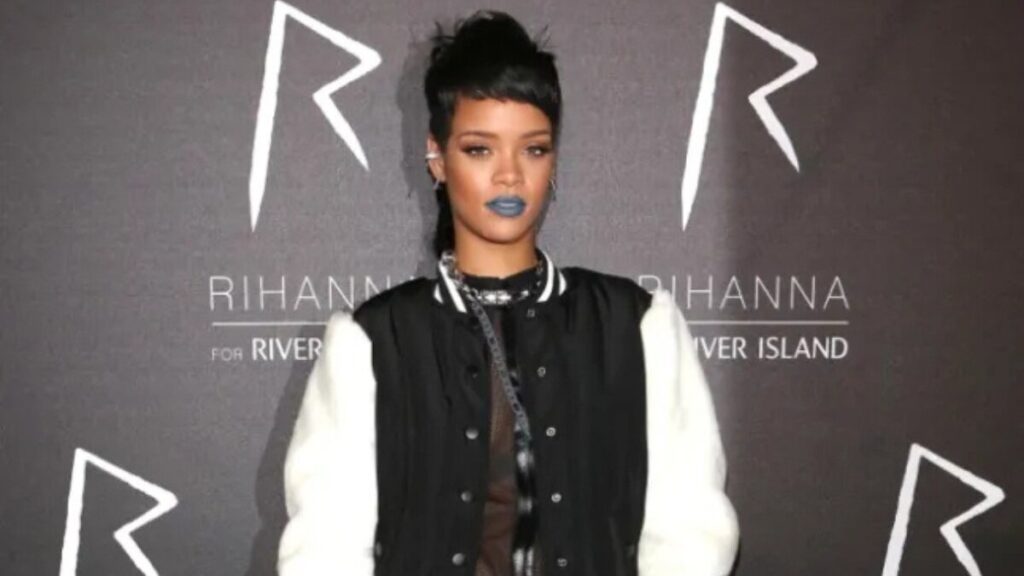
Her collaborations with River Island in 2013 and later, her groundbreaking role as creative director for Puma, weren’t celebrity endorsements — they were business moves. She had an eye on ownership, on influence, and on aligning her brand with global fashion in a way that felt authentic and disruptive. These ventures didn’t just sell — they sold out.
Artistically, she took a major risk with Anti in 2016 — her most sonically daring, self-directed album to date. It was also her first major release after leaving Def Jam, signaling a decisive shift toward independence and creative control. She wasn’t chasing charts anymore; she was defining her value. This was Rihanna in transition — shedding the pop machine to become the architect of her empire. And while the world was still catching up, she was already thinking like a CEO.
Her expanding portfolio—fashion collabs, Puma, and eventual brand ownership—is explored further in this breakdown of how Rihanna makes her money, from royalties to equity.
2017–2019: The Fenty Revolution Begins
When Rihanna launched Fenty Beauty in September 2017, she didn’t just enter the beauty industry — she cracked it wide open. Backed by luxury conglomerate LVMH but shaped by her uncompromising vision, Fenty debuted with 40 foundation shades — a direct challenge to an industry that routinely left women of color underserved. The impact was immediate and seismic: $100 million in sales within its first 40 days.
What set Fenty apart wasn’t just celebrity clout — it was strategic intent. Rihanna retained equity in the brand, ensuring she wasn’t just its face but a key stakeholder in its success. The line’s inclusive messaging wasn’t marketing fluff; it reflected her lived experience. “I never could find makeup that matched my skin tone,” she said. “So I created it.”
This was a defining moment. While other celebrities launched lip kits and fragrances, Rihanna built a brand that became a business case study in inclusivity, speed-to-market execution, and digital-first dominance. Fenty wasn’t a side hustle — it was a turning point in Rihanna’s identity as a mogul. She wasn’t waiting for seats at the table anymore; she was designing the furniture. The billionaire blueprint had officially begun to take shape.
For a deep dive into the business impact of her beauty empire, check out the latest Fenty Beauty valuation and its role in Rihanna’s fortune.
2020–2023: Billionaire Status & Beyond
In 2021, Forbes named Rihanna a billionaire — the wealthiest female musician in the world. But the title wasn’t earned through platinum records or arena tours. In fact, by then, she hadn’t released a new album in over five years. Her billionaire status was the result of long-term vision, smart ownership, and bold diversification.
Fenty Beauty remained the crown jewel, valued at an estimated $2.8 billion — with Rihanna owning a 50% stake. Meanwhile, her lingerie brand, Savage X Fenty, evolved from cult favorite to serious retail contender, bolstered by venture capital funding and a valuation topping $1 billion. These weren’t passive income streams — Rihanna was at the helm, shaping brand strategy, messaging, and market moves.
Even during the pandemic, when most of the entertainment industry stalled, her business empire stayed nimble, leaning into e-commerce and inclusivity-driven branding. She also funneled millions through her Clara Lionel Foundation for COVID-19 relief and racial justice efforts — reinforcing not just her influence, but her values.
Rihanna’s billionaire status wasn’t a fluke or flattery. It was the outcome of owning her businesses, betting on herself, and redefining what modern wealth — and leadership — can look like.
Her billionaire status, outlined in detail in the 2025 Rihanna Net Worth profile, reflects how ownership in Fenty Beauty and Savage X Fenty fundamentally reshaped her financial legacy.
2024–2025: A New Chapter — Music Return, Motherhood & Business Growth
After years of silence on the music front, Rihanna made a thunderous return with her 2023 Super Bowl halftime show — not just as a performer, but as a pregnant mother commanding one of the world’s biggest stages. It was a moment that blended spectacle with softness, signaling that this next chapter isn’t about reinvention, but expansion.
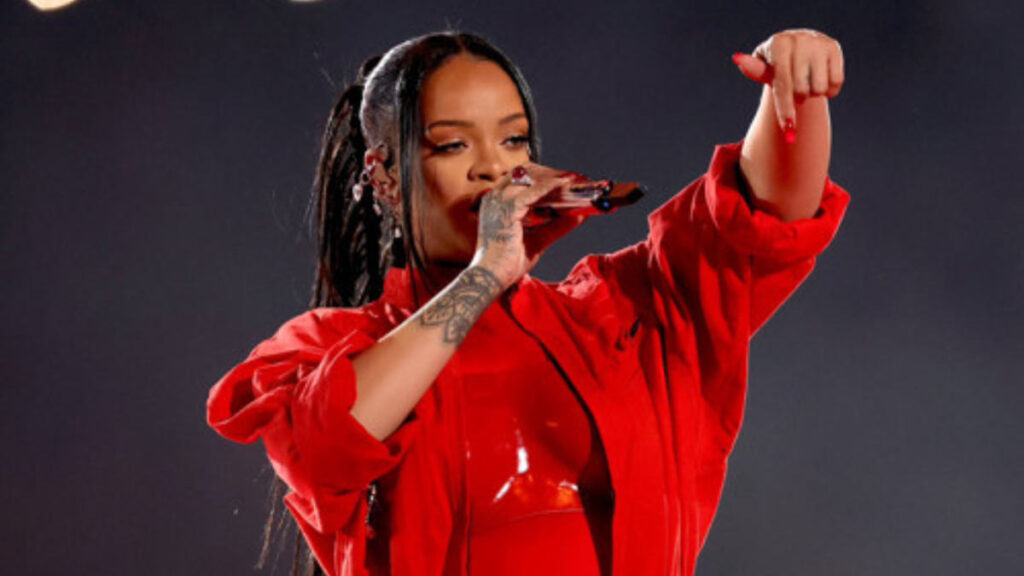
Now a mother of two, she’s balancing family with fresh business ventures like Fenty Hair, a natural extension of her beauty empire. While fans still hold their breath for new music, Rihanna’s every move suggests a woman in full command of her brands, her time, and her legacy. The billionaire blueprint continues, not with urgency, but with unmistakable confidence.
Her growing real estate holdings—including properties in Barbados and Beverly Hills—are detailed in this real estate portfolio breakdown.
How Rihanna’s Net Worth Stacks Up Against Industry Titans
In a room full of moguls, Rihanna’s net worth holds its own — and then some. With an estimated fortune surpassing $1.4 billion, she stands shoulder to shoulder with entertainment royalty like Beyoncé ($600M), Jay-Z ($2.5B), Taylor Swift ($1.6B), and Kylie Jenner ($700M). But what sets Rihanna apart isn’t just the number — it’s the structure behind it.
While peers like Swift and Beyoncé have built wealth through touring and music catalog ownership, Rihanna’s empire is rooted in equity. She didn’t just endorse beauty products — she co-created Fenty Beauty with LVMH and retained a substantial ownership stake. Savage X Fenty followed suit, fueled by VC funding and disruptive branding.
Her model isn’t based on constant output or nostalgia — it’s about ownership, diversification, and cultural impact. Rihanna built a business ecosystem where her name holds as much weight in boardrooms as it does on Billboard.
A head-to-head comparison with peers like Beyoncé and Taylor Swift is explored in this celebrity net worth comparison for 2025.
Behind the Billions: A Personal Reflection on Rihanna’s Journey
Watching Rihanna’s evolution has felt like watching the rules quietly change — not just in music or beauty, but in how we think about success itself. She didn’t just climb the charts; she stepped off the stage and started building things that would outlast any single hit. And as someone who grew up associating celebrity with spectacle, her story has shifted my idea of power — from visibility to ownership.
What stands out most isn’t the billion-dollar figure. It’s how deliberately she got there. Rihanna bet on her instincts, walked away from traditional systems, and built brands around people like her — people often ignored by the mainstream. That’s more than smart business; that’s visionary.
There’s something deeply grounding about her approach. She didn’t rush. She went quiet when she needed to, launched when it mattered, and moved with intention. In a culture obsessed with speed and constant output, Rihanna’s success reminds me that sustainable wealth isn’t loud — it’s strategic. And more than anything, it’s owned.
From Island Dreamer to Industry Blueprint
Rihanna’s journey isn’t just about how much she’s worth — it’s about what she’s built and why it matters. From a teenager in Barbados with a dream to a global mogul with equity, influence, and creative control, she’s shown that real power lies in ownership, not visibility. Her story rewrites the script for artists, entrepreneurs, and anyone daring to bet on themselves.
As she once said, “I never wanted to be a face. I wanted to be the brand.”
And now? She’s both — and so much more.
Mohit is a finance and entertainment writer specializing in celebrity wealth, brand strategy, and media empires. As Co-Founder of TheNetWorths.com, he brings over a decade of experience analyzing public income streams, endorsement deals, and the evolving creator economy.








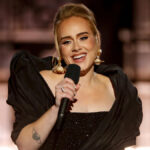





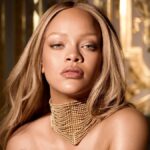
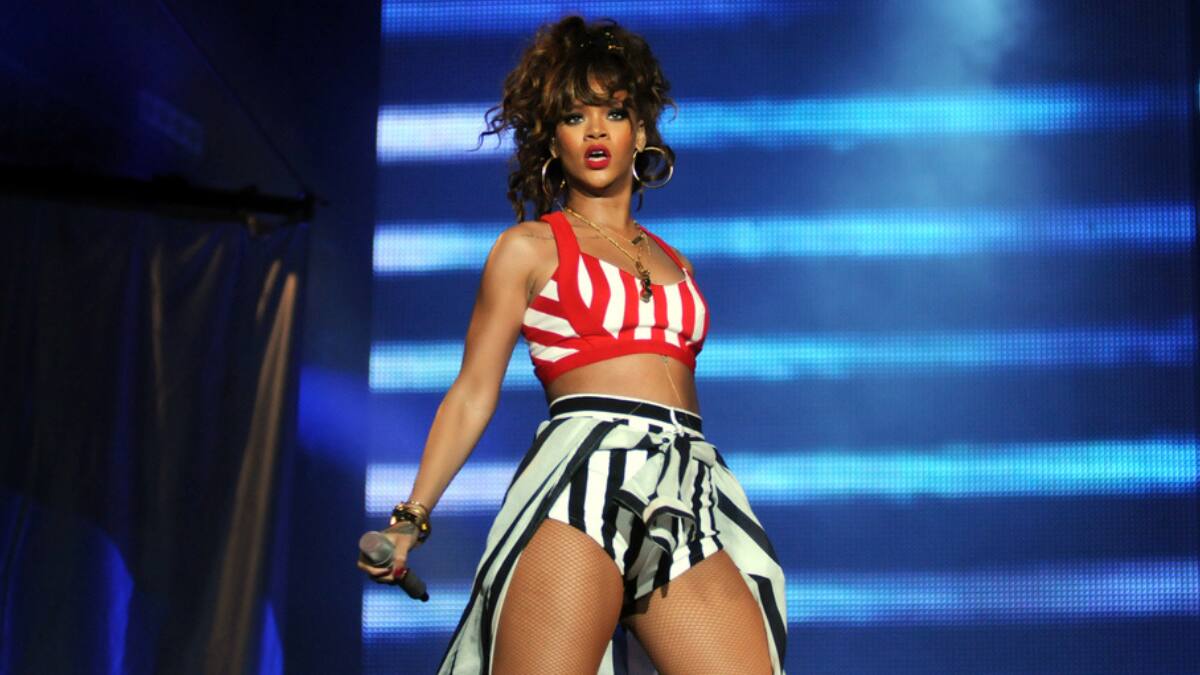
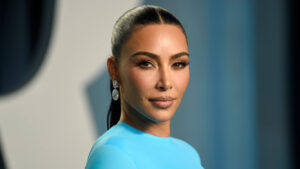
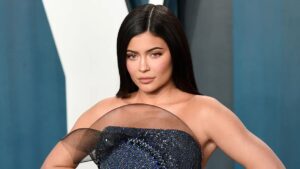
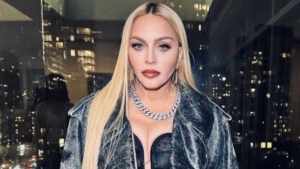

3 thoughts on “Rihanna’s Net Worth Timeline: From Island Teen to Global Mogul (2005–2025)”